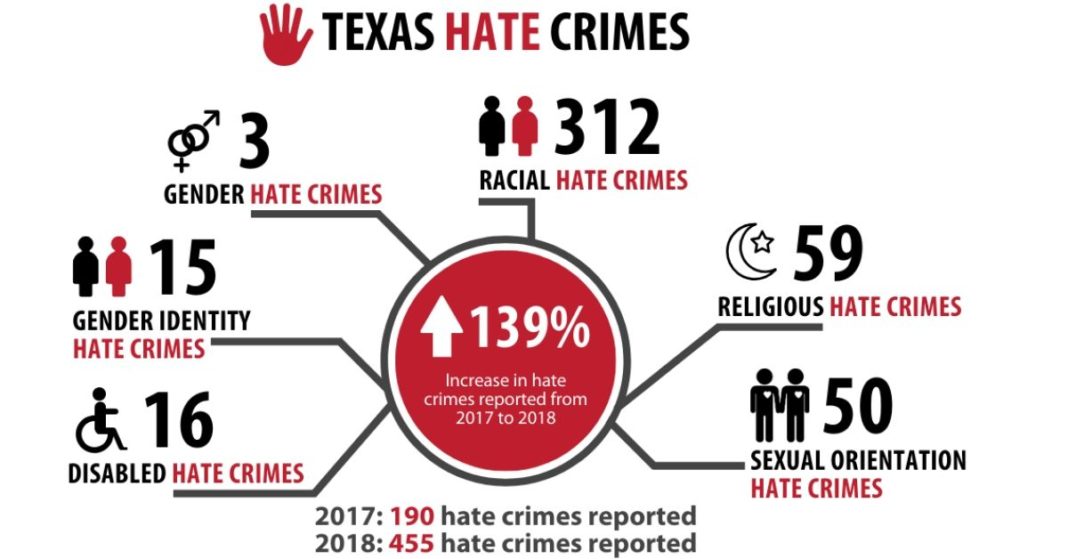South San Antonio ISD is in turmoil. The district’s students are protesting for mental health services.
The superintendent resigned weeks into the school year. And three board members just up and quit.
When superintendent, Alexandro Flores took a buyout in September, he became the district’s sixth former superintendent in eight years.
Flores left over a controversial plan to spend $2.7 million to reopen three campuses that had been shuttered because of declining enrollment.
Flores’ resignation was followed by the departure of board members Elda Flores (no relation), Mandy Martinez, and Louis Ybarra. All three stepped down in a public display of disgust following the resignation of Flores.
Many place blame for the district’s problems at the feet of board president Connie Prado.
Her long rule on the board has been the catalyst for many of the district’s woes, according to former superintendent Abe Saavedra.
“South San ISD has a long history, several decades old, of political infighting,” said Saavedra. “I tried to bring some control, but at the end of the day, Connie Prado and her husband have a dynasty there.”
Saavedra, a former Houston ISD superintendent, served South San Antonio ISD from 2014-2018. He didn’t mince words when it came to Prado and her husband.
“No matter what their impact on the education of kids [is] they get re-elected,” he said. “They are the worst in regards to the micromanaging.”
Prado did not respond to multiple requests for comment. Saavedra’s tenure coincided with Prado serving in a diminished capacity, she retained her seat on the board but wasn’t the president.
South San ISD has a long history of problems
Saavedra’s time at South San also coincided with the appointment of a state conservator to oversee district operations and a drastic drop in enrollment.
When he started in 2014 the district had about 10,000 students. By the end of the 2018-19 school year, there were only 8,630 students in the district.
During his time at South San ISD, the district was using about 59 percent of its capacity, he said.
The district was hemorrhaging money and there were two things that needed to be done to stop the bleeding: raise taxes and reduce spending.
To reduce spending the district closed two surplus schools. Athens Elementary and Kazen Middle School were shuttered in 2017. They weren’t the only school closed in recent years, West Campus High School was mothballed in 2008.
“Those schools were not needed,” said Saavedra. “That was money that could have been spent on education for kids elsewhere.”
The closure of the schools was an unfortunate necessity, according to Savedra.
“I understand no community wants their school closed,” he said. “That’s why it’s the responsibility of the elected members to inform the community why schools need to be closed from time to time.”
In an attempt to raise much-needed funds, the district took a property tax increase to the voters.
In the summer of 2018, South San ISD voters rejected a 13 cent per $100 valuation increase.
The additional funds would have helped stabilize the district’s ailing finances.
Prado worked hard to defeat the ballot measure. And, then in the fall elections, she bludgeoned incumbent board members with their support for the tax hike.
South San ISD: Prado’s personal fiefdom
Prado was able to get three sitting board members voted out of office and replaced with loyalists. This allowed her to go from a permanent minority on the board to president overnight.
When Saavedra came out of retirement to head South San ISD in 2014, he was the district’s fifth superintendent in three years.
When he left the district in 2018, he decided to swear off public school administration altogether.
Saavedra blamed the near-constant infighting and micromanagement for his decision to leave six months before his contract was up in March 2019.
Almost as soon as Saavedra left, Prado was trying to undo some of his reforms. She was able to whip enough votes to reopen all three of the closed schools.
Reopening the schools cost the district $6 million, including $340,000 in cleaning costs. The reopened schools had less than 50 students apiece.
Reopening under-attended schools wasn’t the South San ISD board’s only questionable decision.
Meetings on top of meetings
Board members racked up almost $250,000 in meeting costs in the first six months of 2019.
From January to July, the board met 19 times — or a little less than once a week — for a total of 85 hours.
South San ISD’s board met, on average, for about 4.5 per hours. The Texas Association of School Boards estimates that most board meetings last between two and three hours.
These marathon meetings left board members, administrators, parents, teachers and observers with the sense that South San ISD was cratering.
Board meetings had become a cauldron of bickering and political infighting. The board’s dysfunction was leading to a string of bad decisions.
One notably bad decision was to try and cut $8 million in spending in the last seven weeks of the fiscal year.
The board voted to eliminate about 11 percent of a $73 million budget in a last-minute attempt to balance the budget.
At the time, Prado said the drastic cuts were needed to “make up for the hole left by” Saavesdra’s administration.
Stonewalling and empty promises
Since Flores’ resignation, much of the news about South San ISD has been negative. Prado has adopted a non-engagement stance to deal with the flurry of bad press.
She’s started stonewalling all press inquiries, according to a source familiar with the matter.
She quashed reports from the Texas Education Agency that recommended the state appoint a conservator with the ability to override the board’s decision.
Prado is trying to address some concerns about the district’s governance. She has vowed not to seek reelection after her term is up in 2020. However, Prado has made that promise in the past, according to Saavedra.
For more than a year, San Antonio residents have been calling for the state to intervene in South San ISD.
Gloria Padilla of the San Antonio Express-News wrote that the TEA should go further than naming a conservator.
Padilla called for a full-on state-appointed management board, similar to what the TEA is doing with Houston ISD.
“History suggests that until the Prados are out of the mix, the district will not thrive,” Padilla wrote.
She added that state investigators have looked into allegations that the board overstepped its bounds by interfering with day-to-day operations. Although the agency hasn’t released its report.
Padilla isn’t the only person who thinks that solving South San ISD’s problems starts with new governance.
“They need to hire a good strong superintendent to make decisions, and let the board stick to the policy side,” said Saavedra. “South San could have been repurposed. They could have had a better result if they had just listened to Dr. Flores.”







